Cornish Pasties with tender peppery chunks of beef mixed with melt-in-your-mouth vegetables, all wrapped up in buttery golden pastry. The Cornish Pasty is one of the most famous foods to come out of the south of England, and I can completely understand why the Cornish folk have so much pride in this tasty hand-held meal.
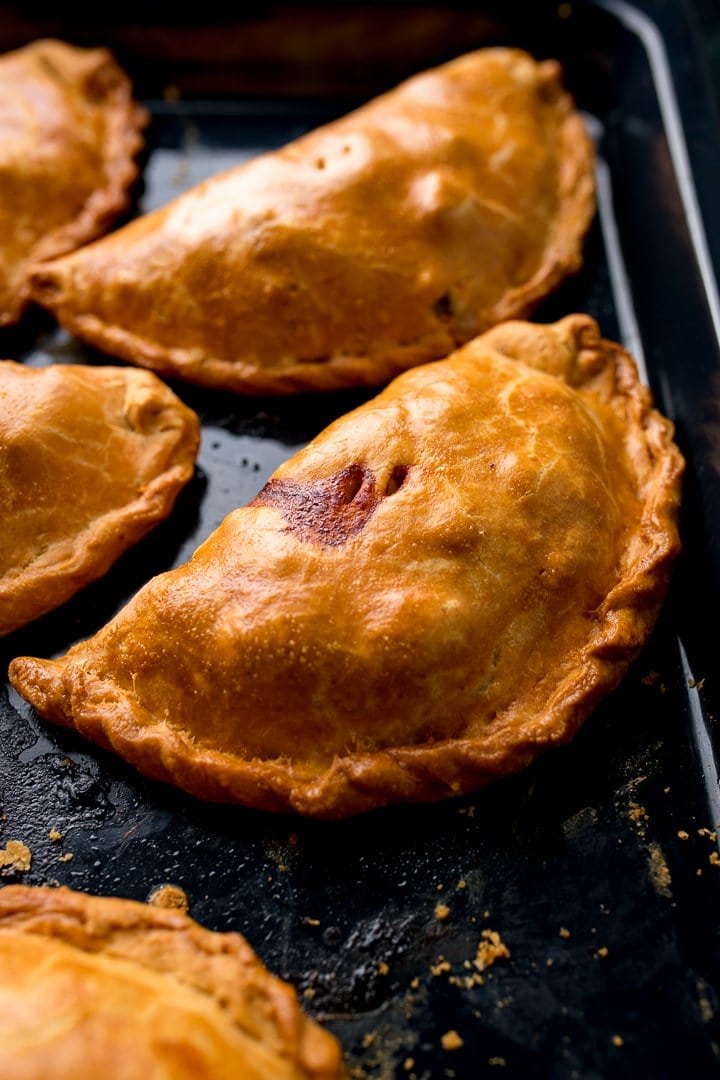
The Cornish pasty goes back hundreds of years, but they’re most commonly known to have been a staple food of the poorer classes going back to the 18th century. Miners used to take the pasties into the tin mines, and they’d be nutritious and filling enough to keep the workers going all day.
The specific shape of the pasty was thought to have come around for good reason too.
The crimped crust on the side was used as a kind of handle. The levels of arsenic in the tin mines meant that the miners hands would be grubby and likely covered in this highly toxic substance. So the miners would hold onto the crust to eat their pastie, and then discard it (which is a shame! I LOVE the crust!!).
Table of Contents
📋 Ingredients
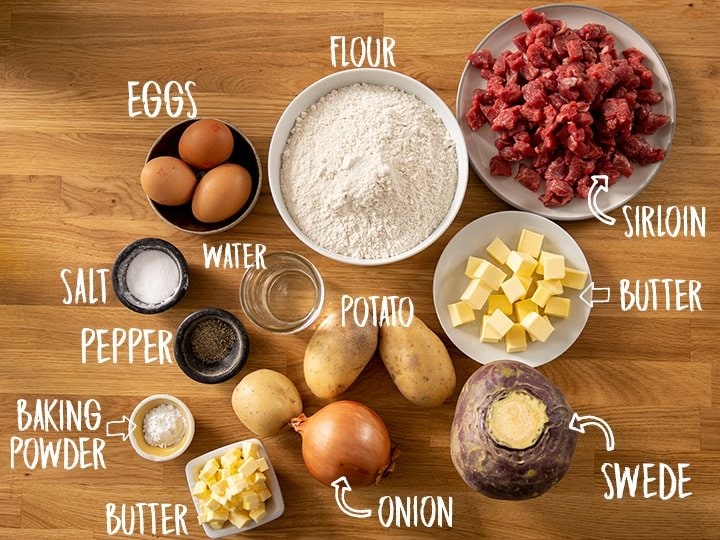
Beef – Skirt steak, sirloin or ribeye are the best cuts for the most tender and juicy meat for a Cornish pasty filling. Don’t be tempted to use braising/chuck/stewing beef or the meat will be chewy and tough. (Note: skirt steak can be a little on the tough side, but small pieces that have been cut against the grain will still be plenty tender enough.)
📺 Watch how to make it
***Full recipe with detailed steps in the recipe card at the end of this post***
- First, we make the shortcrust pastry. This is a basic shortcrust pastry, so you can replace it with shop-bought if you prefer (see notes in the recipe card for more info). Place flour, baking powder and salt into a food processor and give a quick mix.
- Add in cubed butter and whizz until the mixture turns into breadcrumbs.
- Add in egg yolks and mix, then, with the motor on, add in water a bit at a time until the dough comes together into a ball.
- Wrap the pastry in clingfilm or wax paper (<– affiliate link) and refrigerate for an hour.
- Roll out the pastry and cut circles into the dough using a side plate as a template.
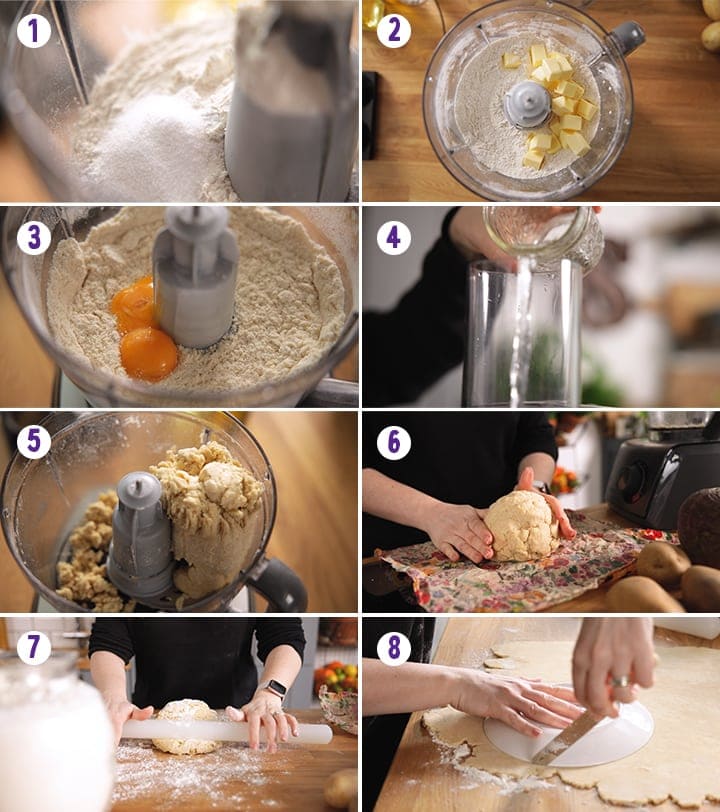
- Mix cubed potato, swede (rutagaba), onion, steak, salt and pepper in a large bowl.
- Place a really good handful of the mixture onto one side of one of the pastry circles and dot a little butter on top.
- Brush egg wash around the edge of the pastry circle and fold the other side of the pastry over the meat until the edges meet and you have a semi-circle.
- Seal firmly and crimp with your fingers (check out my video below to see how to do this).
- Make a little hole in the top of the pasty using a sharp knife to let out the steam. Repeat with the remaining pasties and then brush egg wash over the top of all the pasties.
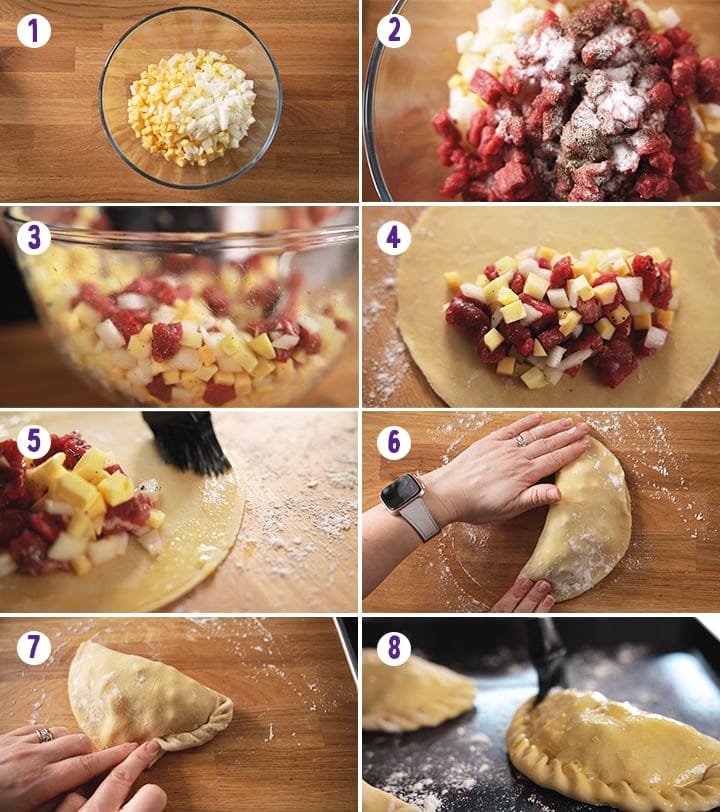
- Bake for 50 minutes until golden brown.
Pro Tip
These Cornish Pasties are filled with a mixture of well-seasoned steak, onions, potatoes and swede (or rutabaga/yellow turnip if you’re in the US). The meat and vegetables are placed in the pastry raw, with a really good pinch of salt and pepper and a few dots of butter, then sealed and cooked in the pastry. There’s no sauce inside a Cornish pasty, but the cooked filling ends up so tender and moist that it’s not needed.
We’re using a good quality cut of beef, so it only needs light cooking inside the pasty. The juices that are released from the meat during cooking will flavour the vegetables and make the filling lovely and juicy.
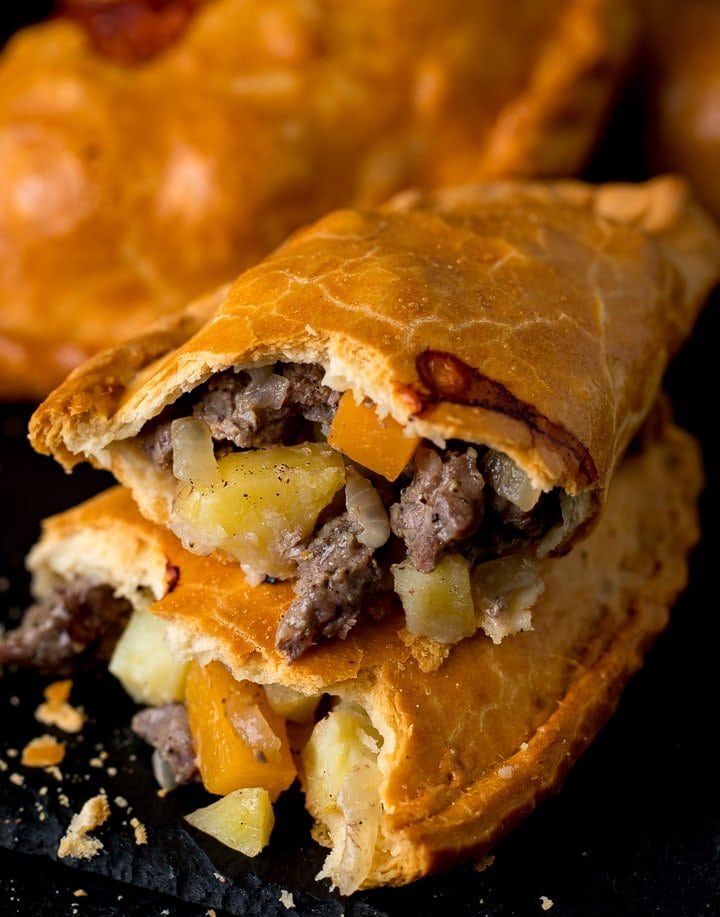
Pin this now to find it later
Pin It🍽️ What to serve it with
- The best way to have a cornish pasty is with a large dollop of ketchup.
- However, you can also serve it with Air Fryer Chips. And if you can’t live without gravy, I’ve got a homemade gravy recipe for you.
Even though I’m a gravy superfan, I think it’s ketchup that’s a must for Cornish Pasty dipping. Well, that’s my opinion anyway.
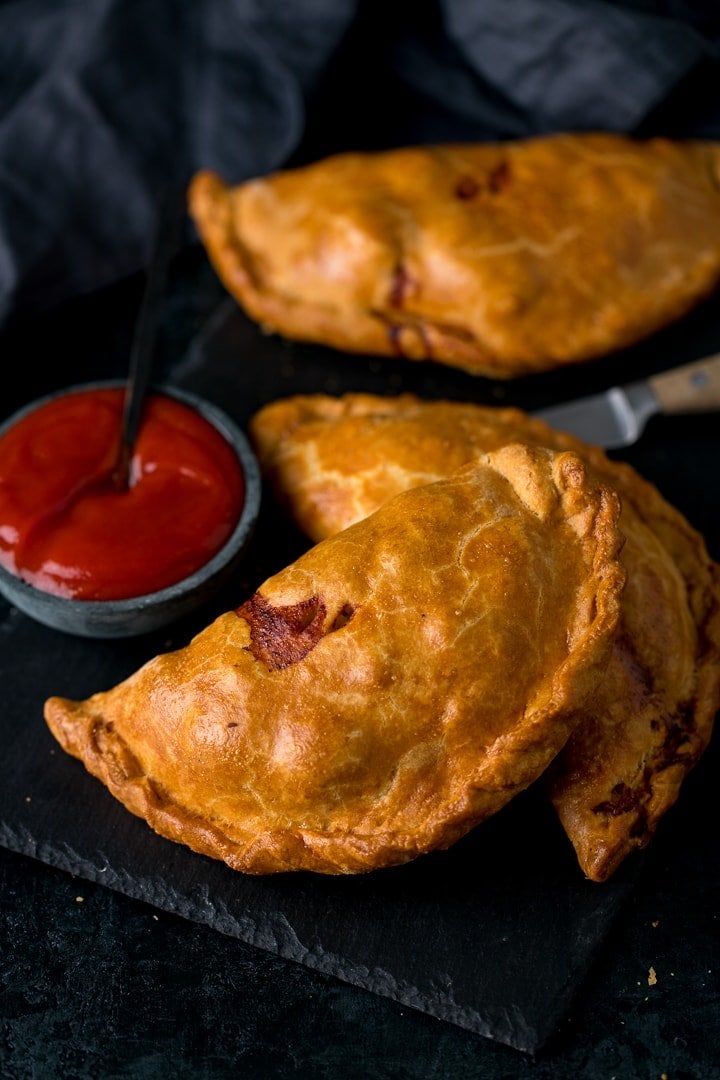
🍲 More British classics
? Frequently Asked Questions
Yes, make and cook the pasties, then cool, cover and refrigerate them. Reheat in the oven, uncovered, at 190C/375F for 30 minutes, until piping hot throughout.
Yes, make and cook the pasties, then cool, cover and freeze.
Defrost in the refrigerator overnight. Reheat in the oven, uncovered, at 190C/375F for 30 minutes, until piping hot throughout.
Pastry:
You can replace the homemade pastry with shop-bough shortcrust pastry.
Beef:
Skirt steak, sirloin or ribeye are the best cuts for the most tender and juicy meat for a Cornish pasty filling. Don’t be tempted to add braising/chuck/stewing beef or the meat will be chewy and tough. (Note: skirt steak can be a little on the tough side, but small pieces that have been cut against the grain will still be plenty tender enough.)
Stay updated with new recipes!
Subscribe to the newsletter to hear when I post a new recipe. I’m also on YouTube (new videos every week) and Instagram (behind-the-scenes stories & beautiful food photos).
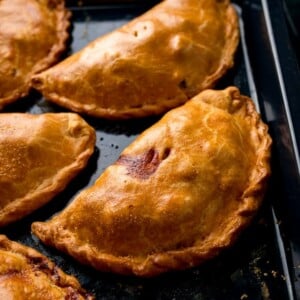
Cornish Pasties
Ingredients
Pastry:
- 450 g (3 2/3 cups) plain (all-purpose) flour plus a couple of tbsp extra for rolling out the pastry and sprinkling on the tray later
- 2 tsp baking powder
- 1 tsp salt
- 125 g (1/2 cup + 1 tsp) unsalted butter chopped into chunks
- 2 egg yolks
- 125 ml (1/2 cup + 1 tsp) cold water
Filling:
- 450 g (1 lb) potato peeled and finely diced
- 150 g (1/3 lb) swede/rutagaba peeled and finely diced
- 150 g (1/3 lb) onion peeled and finely chopped
- 300 g (2/3 lb) skirt steak or sirloin steak finely chopped, with fat discarded (weigh the meat after discarding the fat)
- 1 tsp salt
- 1 tsp ground black pepper
- 3 tbsp unsalted butter chopped into small cubes
- 1 egg beaten
Instructions
- First, make your pastry. Place the flour, baking powder, and salt into a food processor and give a quick mix.450 g (3 2/3 cups) plain (all-purpose) flour, 2 tsp baking powder, 1 tsp salt
- Add in the butter and whizz until the mixture turns into breadcrumbs.125 g (1/2 cup + 1 tsp) unsalted butter
- Add in the egg yolks and mix, then, with the motor on, add in the water a bit at a time until the dough comes together into a ball. You may not need all the water.2 egg yolks, 125 ml (1/2 cup + 1 tsp) cold water
- Take the pastry out of the food processor, wrap it in clingfilm or wax paper (<–affiliate link) and refrigerate for an hour.
- Preheat your oven to 180C/350F (fan). Take two large baking trays and sprinkle them with some flour.
- Take your pastry out of the fridge and roll it out on a floured surface until you get a thickness you can cut, that won't tear easily. I find that's about 3mm.
- Cut circles into the dough using a plate that is about 20-21cm (approx 8") in diameter as a template. I find that I get 3 circles out of the first lot. Then I re-roll and get 2 circles, and then I re-roll and get one final circle. You can place the circles stacked onto a plate so long as you have a sprinkling of flour between each layer.
- In a large bowl, mix your potato, swede/rutagaba, onion, steak, salt, and pepper.450 g (1 lb) potato, 150 g (1/3 lb) swede/rutagaba, 150 g (1/3 lb) onion, 300 g (2/3 lb) skirt steak or sirloin steak, 1 tsp salt, 1 tsp ground black pepper
- Take one of your pastry circles and place it onto your work surface. Place a really good handful of the meat mix onto half of the circle, leaving a 2cm border around the edge. It'll look like a lot of mixture, but it needs to be packed full.
- Dot 1 1/2 tsp butter (from the 3 tbsp butter) on top of the meat and veg pile.3 tbsp unsalted butter
- Take your beaten egg, and using a pastry brush, paint a little of the egg wash around the edge of the circle. This will help the pastry stick together.1 egg
- Now, fold the other side of the pastry over the meat until the edges meet and you have a semi-circle. Seal firmly and crimp with your fingers (check out my video above to see how)
- Place your pasty onto your baking tray and make a little hole in the top using a sharp knife to let out the steam. Repeat with the remaining pasties.
- Brush the remaining egg wash over the top of the pasties and place in the oven for 50 minutes until golden brown.
- Take out of the oven and leave to cool for 5 minutes before eating.
Video
Notes
Can I make them ahead?
Yes, make and cook the pasties, then cool, cover and refrigerate them. Reheat in the oven, uncovered, at 190C/375F for 30 minutes, until piping hot throughout.Can I freeze them?
Yes, make and cook the pasties, then cool, cover and freeze. Defrost in the refrigerator overnight. Reheat in the oven, uncovered, at 190C/375F for 30 minutes, until piping hot throughout.Can I use shop-bought pastry?
Yes, you can replace the homemade pastry with shop-bough shortcrust pastry.The best cut of beef for Cornish Pasties
Skirt steak, sirloin or ribeye are the best cuts for the most tender and juicy meat for a cornish pasty filling. Note: skirt steak can be a little on the tough side, but small pieces that have been cut against the grain will still be plenty tender enough. Don’t be tempted to add braising/chuck/stewing beef or the meat will be chewy and tough. .Recipe Source:
Adapted from a Hairy Bikers recipe Nutritional Information is per pasty.Nutrition
Nutrition information is automatically calculated, so should only be used as an approximation.
This post was first published in August 2014. Updated in March 2025 for housekeeping.
Some of the links in this post may be affiliate links – which means if you buy the product I get a small commission (at no extra cost to you). If you do buy, then thank you! That’s what helps us to keep Kitchen Sanctuary running. The nutritional information provided is approximate and can vary depending on several factors. For more information please see our Terms & Conditions.
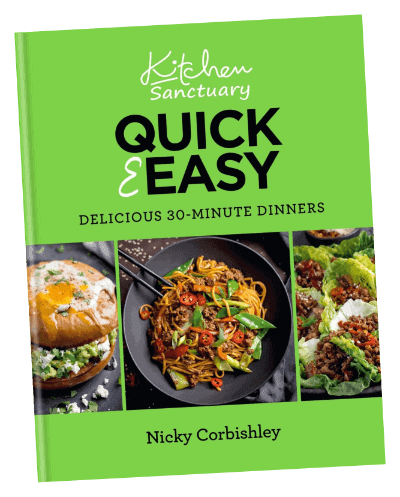
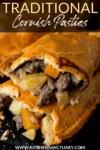
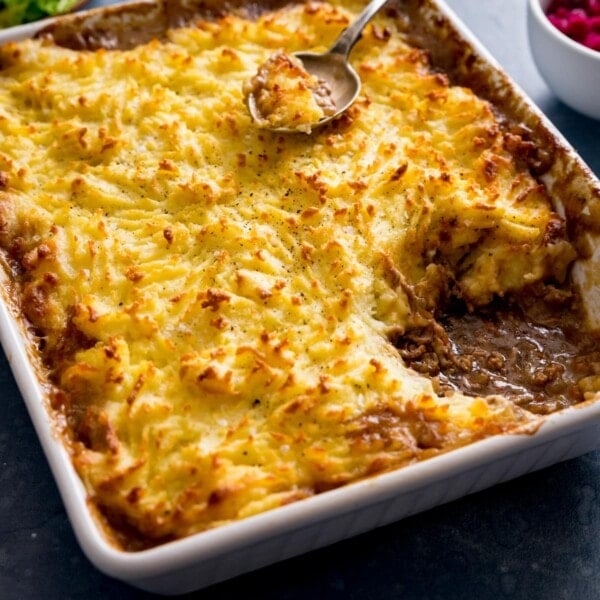
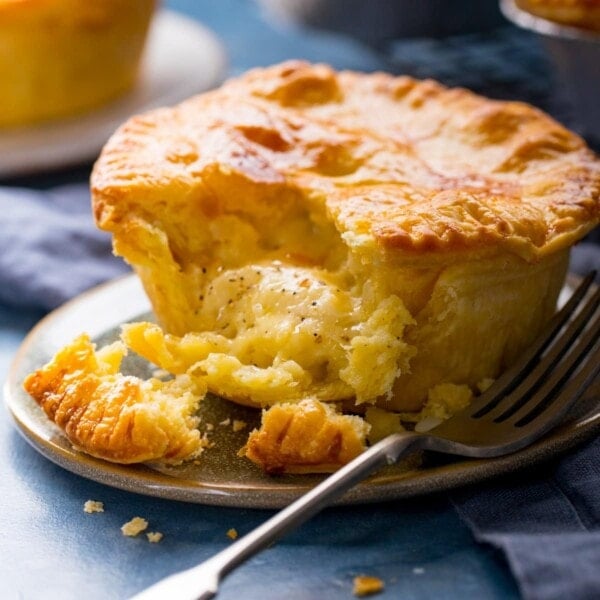
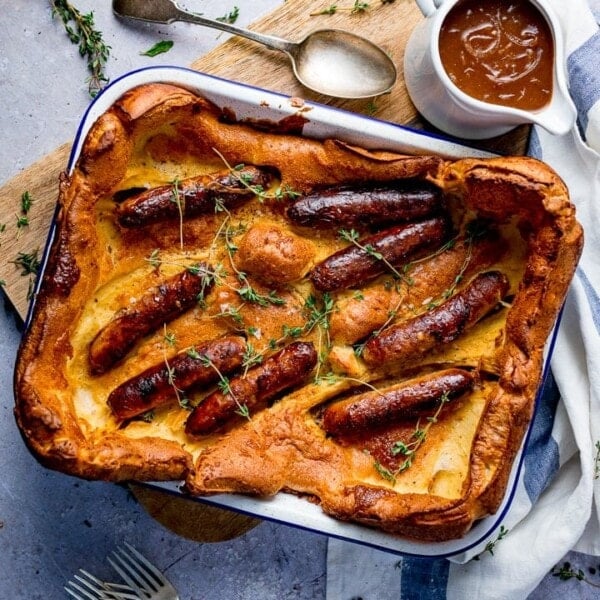
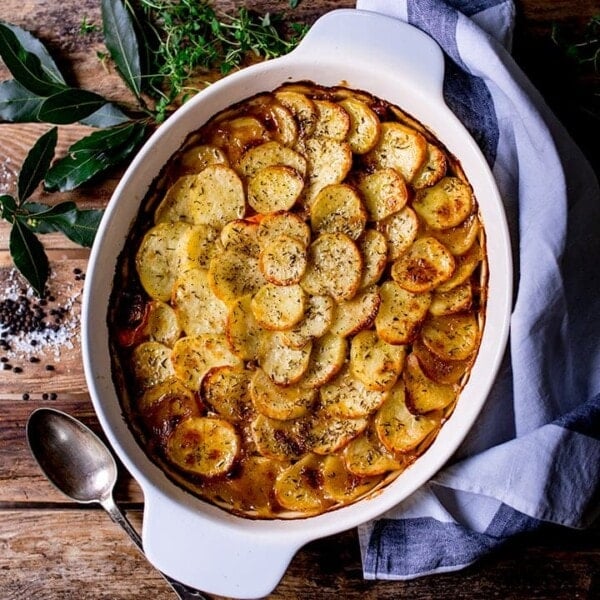
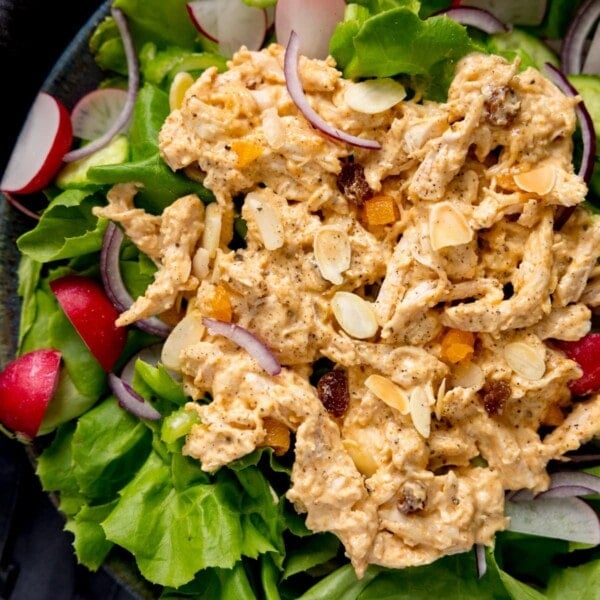
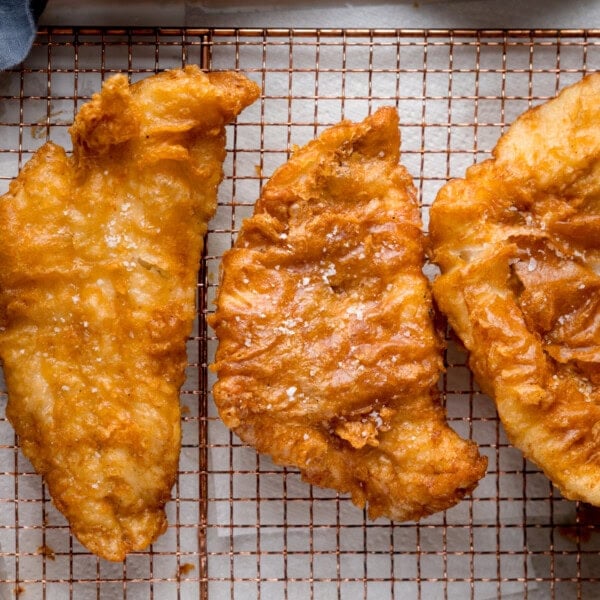

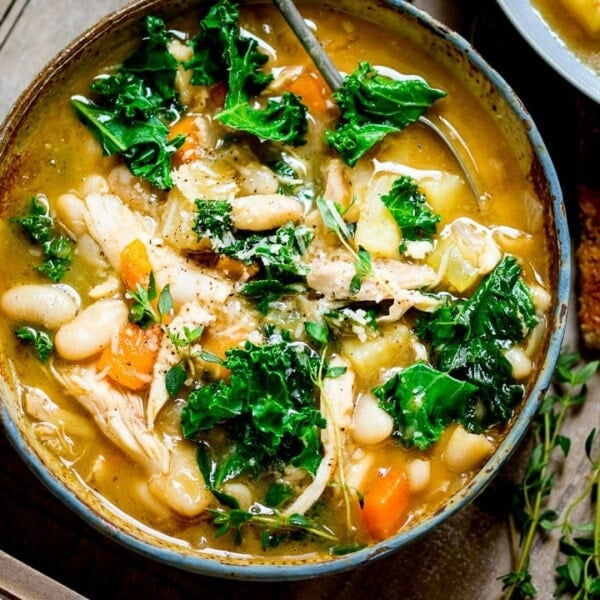
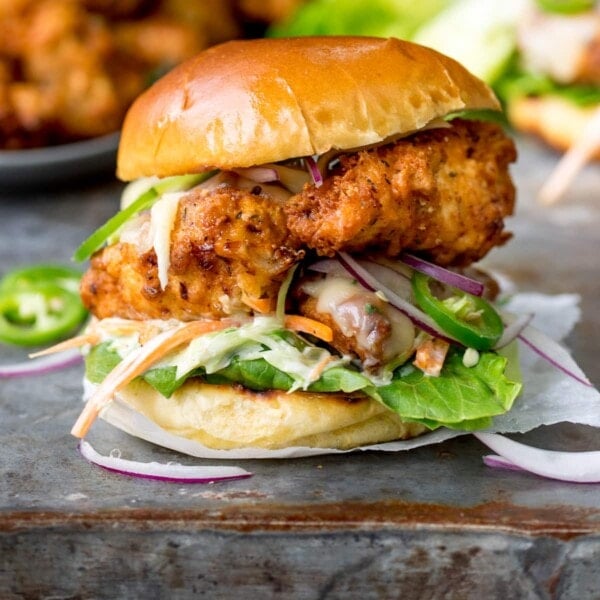
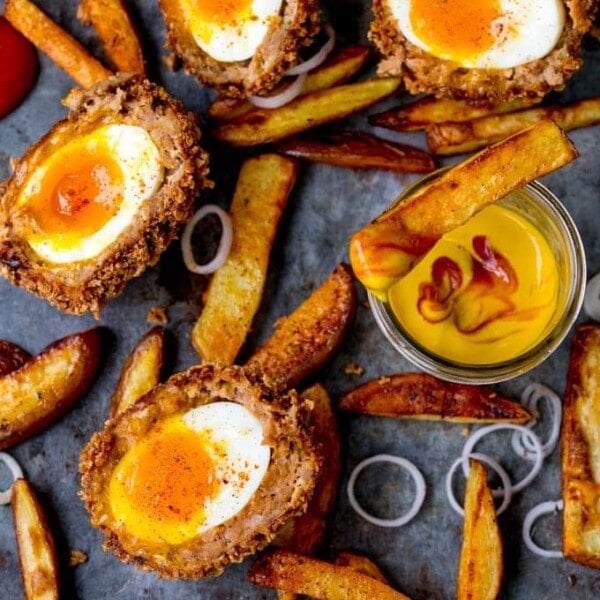
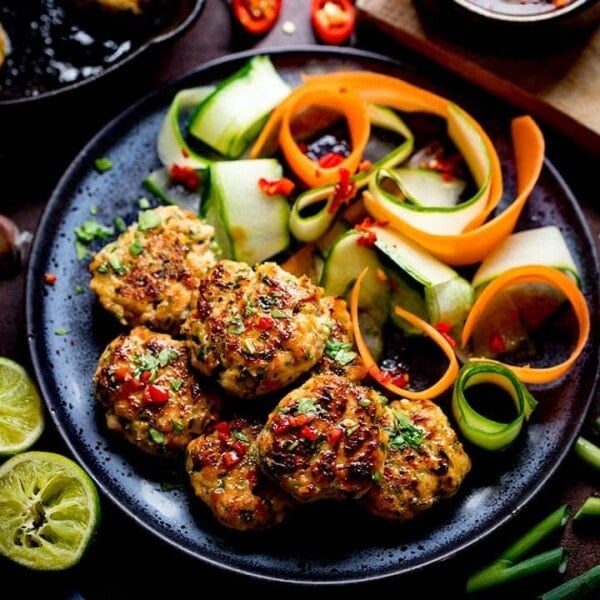
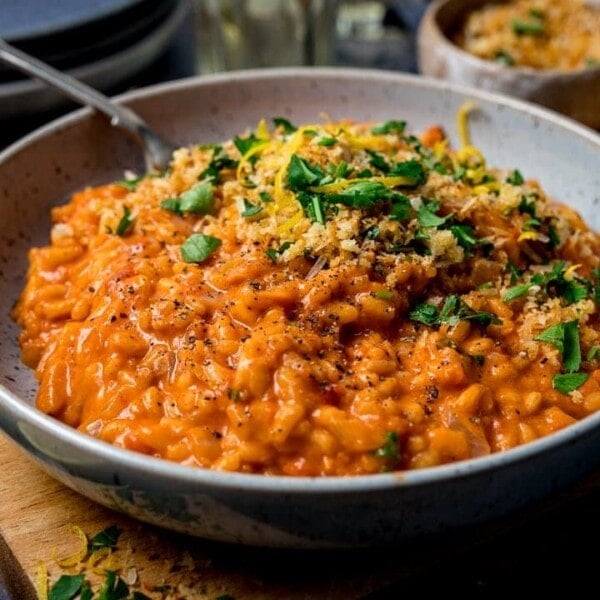

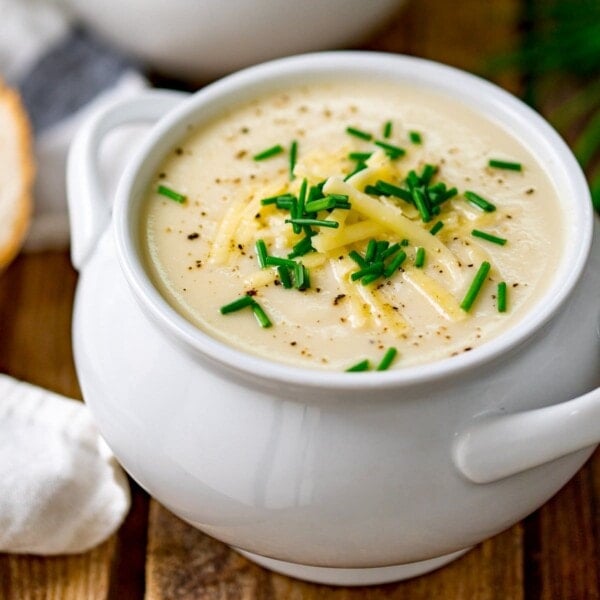
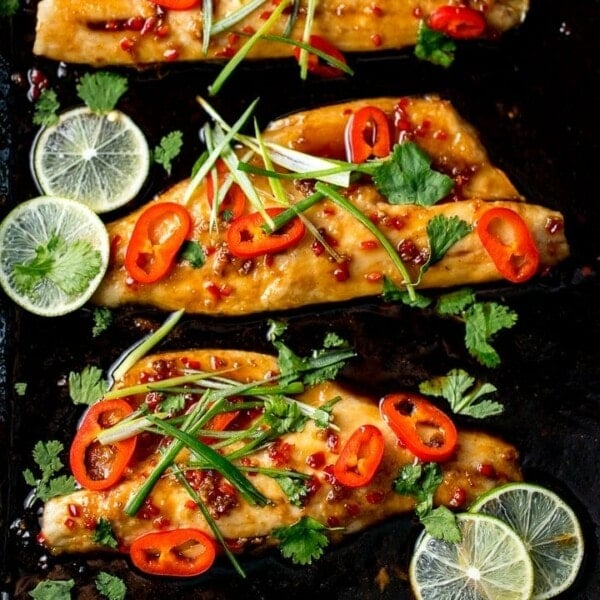







Kids loved them. What a treat!
Turned out lovely! Xx
Just made these last night. First time ever making Cornish Pasties, and this recipe was bang on!!! Super easy to follow, and the pasties turned out amazing – thank you!
Great recipe Nicky, thanks 👍
This recipe turned out perfectly and the pasties were delicious. It was very hard to resist going back for seconds!
Great recipe. Smelled delicious when cooking and tasted awesome. Thanks for sharing the recipe. Only made one small change and added some Lea and Perrins Worcestershire sauce for an added bit of flavour.
Very nice, thanks for you recipe.
Is it ok for me to use beef mince for pasties ?
Hi Nicky
I live in the west country, and your pasty recipe is great.
But there are no coal mines in Cornwall, They are Tin mines and a by product of tin mining is the poison Arsenic. so the crust was thrown away so the miners did not get ingest poison after eating the pasty.
all the best
Stephen Young
Thanks Stephen, I think I had a brain melt during filming, as I knew they were tin mines, and I even wrote that in the post itself, but totally forgot on camera 😀
So happy you like the recipe.
I grew up eating pasty. Love it. The Cornish miners brought the recipe to Houghton County Michigan where it was quickly adopted by all of the immigrant groups. It is still very popular locally and has spread across the U.S. Thank you for sharing this wonderful recipe!
Thanks Amy – that’s really interesting – didn’t realise how they made their way over to the US from Cornwall.
Your recipe is spot on; almost identical to the one I use.
Cornish miners made their way to South Australia (my home state) where they mined copper at Burra and Moonta, formed the first trade unions, were instrumental in the formation of the Australian Labor Party and introduced their beloved pasty.
I grew up eating pasties for lunch on a regular basis for almost 30 years, but since migrating to the US I have only enjoyed them once in Dallas and the rare occasion when I have made them myself. The couple websites that sell pasties charge a small fortune for each one and an arm and leg for shipping, so home baking it is!